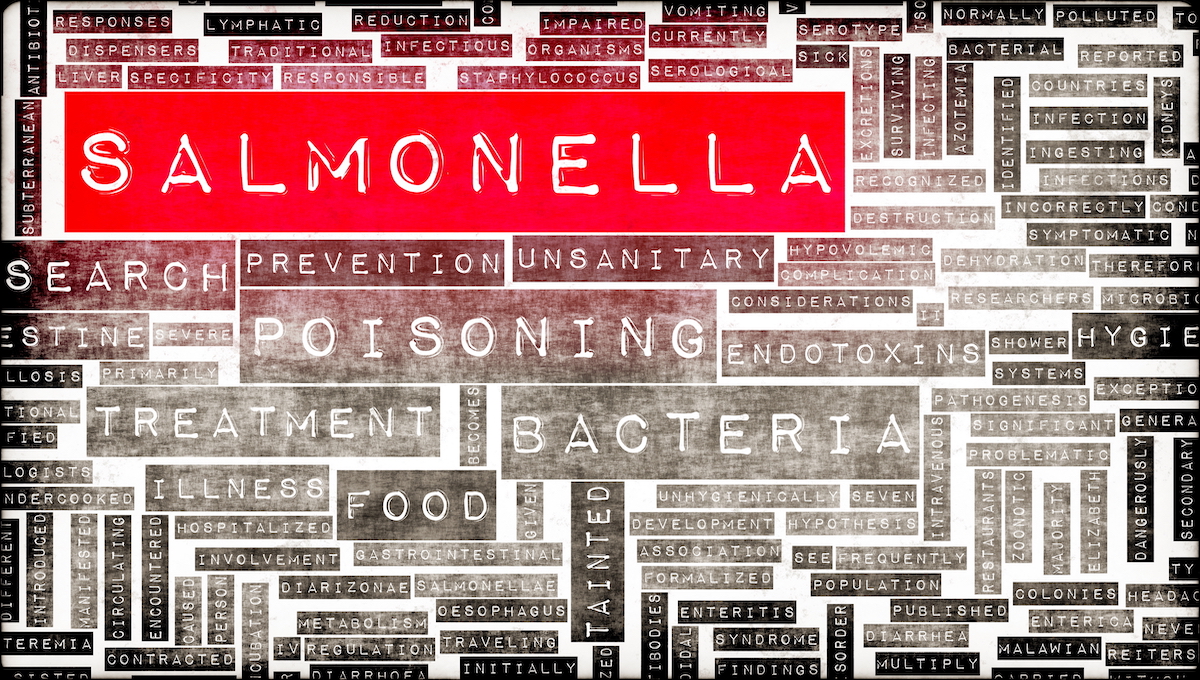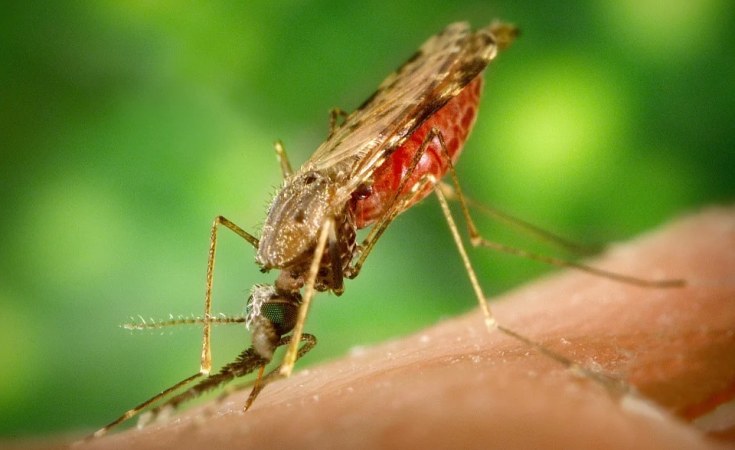
An investigation into related Salmonella infections in the United Kingdom has revealed multiple vehicles and pathways of infection. Following an outbreak of Salmonella Typhimurium in Wales in 2021, which was associated with sheep meat and lamb liver being consumed raw, other genetically related cases were found across the UK. The first outbreak with 22 sick people was detected in Cardiff in July 2021 at an Eid al-Adha barbecue celebration.
Isolates part of the same cluster were first detected in Wales in April 2018. Overall, 170 cases were reported in the cluster from April 2018 to December 2022. From August 2021 to December 2022, 142 patients were identified in the UK.
Eleven were part of an outbreak linked to raw drinking milk in England between September and December 2022. According to a study published in the journal Epidemiology and Infection , the median age of cases was 32, and 81 were male. They were geographically spread across the UK, with 106 in England, 32 in Wales, and four in Scotland.
Up to five people in England were hospitalized, and seven in Wales. No deaths due to infection with Salmonella were reported. Between August and September 2021, 19 trawling questionnaires were completed: 11 for cases in England and eight in Wales.
Eating any meat and eating outside the home were commonly reported exposures. Most cases consumed chicken, while lamb and mutton were consumed by a few. Half of the cases reported washing raw meats at home and adhering to a halal diet.
32 people were eligible for the analytical study among cases in Wales. Illness was associated with direct contact with sheep or lambs, any direct animal contact, swimming pool use, and young age. No single food item, premises, or supplier was identified as a common link between all cases.
Infections were associated with ruminant livestock and related food chains. Abattoir findings Three abattoirs were suppliers to premises, as reported by at least two cases. The first was a large red meat slaughterhouse that supplied butchers throughout England and Wales.
The Food Standards Agency (FSA) took enforcement action against this abattoir after poor hygiene practices were identified in July and August 2021. Of investigated abattoirs, this one was the most common supplier to implicated premises, with known links to eight sites reported by cases. The second abattoir was another large red meat slaughterhouse operating in England.
Four premises were linked to this site. The third abattoir was a small operation in Wales with links to five premises, which were also supplied by the other two abattoirs. Salmonella Typhimurium isolates within the cluster were identified in 47 samples from 36 premises in England and Wales.
These included cattle, sheep, chickens, dogs, and a swan. Three samples of raw pet food and one of the mixed oil seeds intended for poultry feed were also in the same cluster. Environmental samples from the first two abattoirs were positive for Salmonella but not the outbreak strain.
In December 2021, an isolate belonging to the same cluster was identified in a sheep carcass sample taken as part of routine sampling in a fourth abattoir in England. In April 2018, the first cases of the Salmonella Typhimurium cluster were detected in Mid Wales among people living on a sheep farm. In October 2020, an isolate belonging to the same cluster was isolated from an employee at a lamb and mutton supplier, the fourth abattoir, in England.
In December 2021, the strain was again linked to this abattoir after being found in a sheep carcass. This abattoir had been implicated in a Salmonella Typhimurium outbreak linked to cull ewes between July 2017 and August 2019. While it was not identified as a supplier to premises attended by cases in traceback investigations, scientists said it was possible that connections were missed due to the complexity of the distribution network and the unavailability of samples and detailed food histories for all cases.
Low quantities of Salmonella are deemed acceptable after a review of animal origin, operator process controls, and slaughter hygiene for products sold to be eaten cooked, such as mutton and lamb. “Control failures that occur upstream in the food chain can cascade and increase the likelihood of contamination at multiple points later in the farm-to-fork pathway. Supply chain and environmental contamination due to Salmonella may increase around the time of heightened demand for ruminant livestock, which, when amplified by warmer summertime conditions, may increase the risk of an outbreak in humans,” said scientists.
(To sign up for a free subscription to Food Safety News, click here .).














